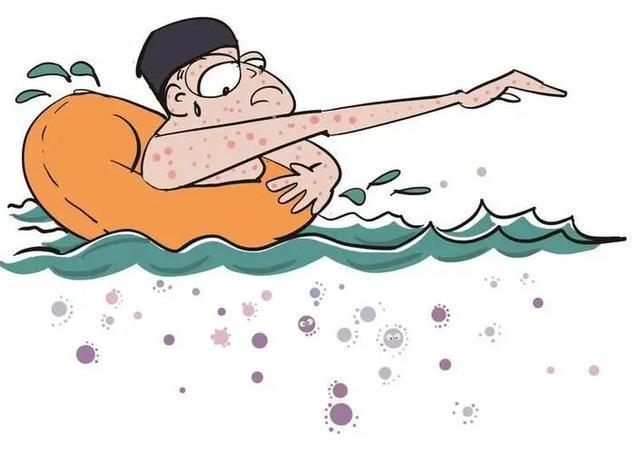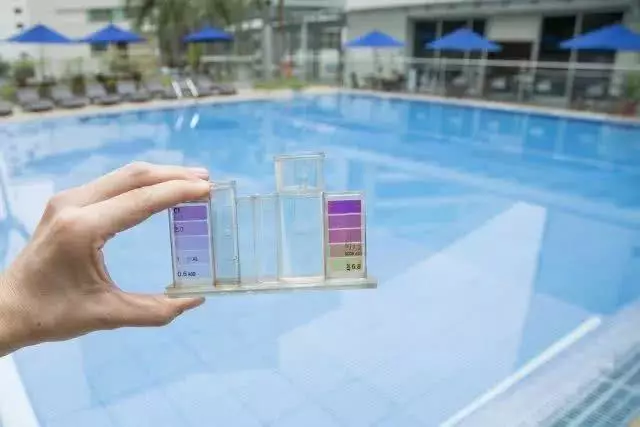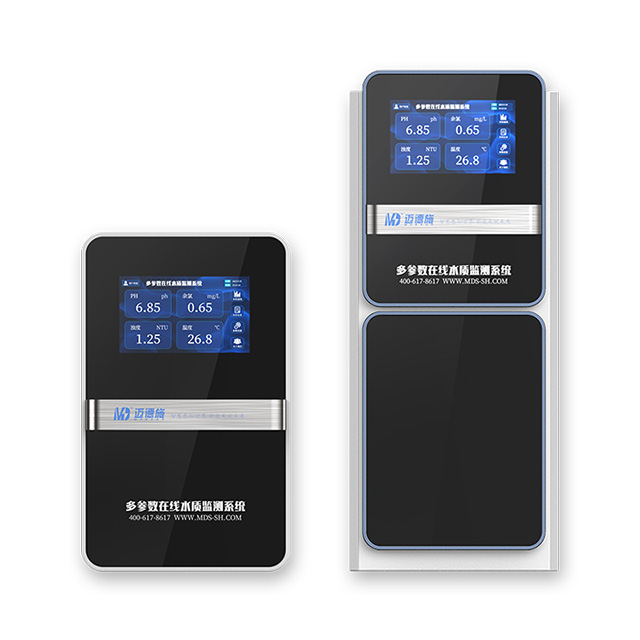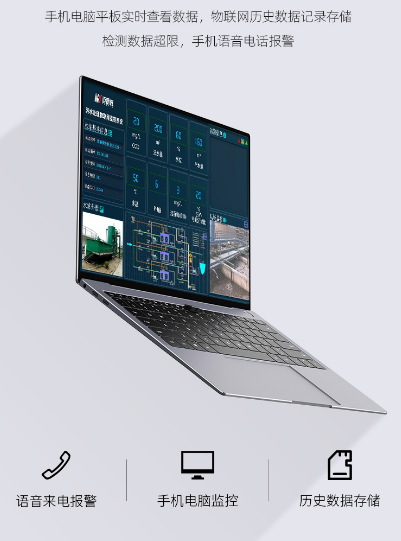Chlorine Sensor Manufacturer: The Ripple Effect of Inaccurate Disinfection: A 50% Drop in Visitors and a 30% Rise in Costs
Maideshi, a renowned chlorine sensor Manufacturer specializing in residual chlorine water quality monitoring instruments, has witnessed scenarios like this: A parent brings a child to the swimming pool, hoping for a refreshing and enjoyable summer experience. But as soon as the child enters the water, a pungent chlorine smell hits, and within minutes, the child's eyes turn red, followed by crying. Heart - broken, the parent refunds the ticket on the spot and leaves a negative review on online platforms. In another swimming pool, due to insufficient residual chlorine, a skin infection outbreak occurred, making it to the local news. Since then, the pool has been almost empty. These situations vividly demonstrate the devastating impact of losing control over residual chlorine.

Unveiling the Chain of Hazards
1. Reputation Collapse

In today's era of rapid information dissemination, the experience of visitors is of utmost importance. When visitors smell a strong chlorine odor or feel skin discomfort in the pool, they are likely to share their negative experiences on platforms like Meituan and Dianping. These reviews spread like wildfire. New visitors are deterred, and regulars are lost. Statistics show that during the peak tourist season, the reputation collapse caused by residual chlorine issues can halve the revenue of swimming pools. This is undoubtedly a huge blow to the operators.
2. Equipment Wear and Tear
The level of residual chlorine also has a significant impact on pool equipment. Excessive residual chlorine can accelerate the corrosion of pool tiles and handrails, and cause pipeline aging and leakage. Relevant data indicates that high residual chlorine can increase the annual maintenance cost of a swimming pool by $20,000 - $30,000. On the other hand, if the residual chlorine is too low, the water is prone to algae growth, doubling the labor and cleaning agent costs for pool cleaning. As a result, the operating costs of the swimming pool increase substantially.
3. Compliance Risks

Health standards clearly stipulate that the residual chlorine in swimming pools should be between 0.3 - 1.0mg/L. However, manual detection has a large error margin, around ±0.2mg/L. This makes it easy for swimming pools to cross the red lines of "exceeding the standard" or "not meeting the standard". For small swimming pools, a single penalty could mean months of hard work going down the drain.
The Online Residual Chlorine Detector to the Rescue

Thankfully, the online residual chlorine detector can effectively solve these problems. This detector uses a digital residual chlorine sensor to provide real - time measurements with an error of ≤±0.05mg/L. When the residual chlorine is high, it automatically alerts to reduce chemical dosing; when it's low, it warns to add more. Moreover, its data can be automatically uploaded to the health supervision platform. This not only reassures visitors but also simplifies inspections.
A Clear Cost Comparison

Let's do some math. The loss of customers due to residual chlorine issues each month, combined with potential fines and increased maintenance costs, is no small amount. The online residual chlorine detector costs around $10,000 - $20,000 and can be used for 3 - 5 years. The comparison clearly shows that "installing early saves money, and not installing means more losses".
The core competitiveness of a swimming pool lies in "safety and health", and accurate residual chlorine control is the bottom line for ensuring this. For swimming pool operators, don't let a small monitoring loophole ruin the entire business. For the health of visitors and the success of your business, feel free to consult Maideshi, the professional chlorine sensor Manufacturer, for the latest water quality monitoring information!
Previous: Secretly Revealed: The Online Residual Chlorine Detector - The Secret Weapon for High - end Swimming Pools to Reduce Costs and Increase Efficiency
Next: What Enterprises Must Know: Residual Chlorine is More Than Just a

